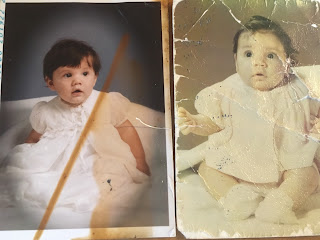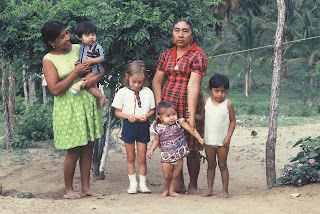Search This Blog
♥ YA Novelists Pushing the Boundaries of the Genre and Writing from the Heart ♥
Posts
Showing posts from March, 2017

Posted by
Brian Katcher
The Legend of Tom's Leg (Brian Katcher)
- Get link
- X
- Other Apps

Posted by
Jennifer R. Hubbard
The mysterious path (Jennifer R. Hubbard)
- Get link
- X
- Other Apps

Posted by
Courtney McKinney-Whitaker
The Top of the Bookshelf (Courtney McKinney-Whitaker)
- Get link
- X
- Other Apps

Posted by
Jen Doktorski
Horses by the Bay -- Jen Doktorski
- Get link
- X
- Other Apps

Posted by
Patty Blount
On DNA and Other Cruelties by Patty Blount
- Get link
- X
- Other Apps

Posted by
Laurie Boyle Crompton
Writers WRITE (Laurie Boyle Crompton)
- Get link
- X
- Other Apps

Posted by
Alissa Grosso
A Perfect Day (Alissa Grosso)
- Get link
- X
- Other Apps

Posted by
Holly Schindler
HOME (HOLLY SCHINDLER)
- Get link
- X
- Other Apps

Posted by
Jody Casella
Writing until the End by Jody Casella
- Get link
- X
- Other Apps

Posted by
Amy K. Nichols
Keep Walking (Amy K. Nichols)
- Get link
- X
- Other Apps

Posted by
Sydney Salter
My First Novel Started When I Was Six (Sydney Salter)
- Get link
- X
- Other Apps

Posted by
Kimberly Sabatini
It Isn't Walking Away, It's Learning to Fly--By Kimberly Sabatini
- Get link
- X
- Other Apps

Posted by
Joy Preble
THE GREAT DIVIDE by Joy Preble
- Get link
- X
- Other Apps

Posted by
Bill Cameron
Little Billy (Bill Cameron)
- Get link
- X
- Other Apps